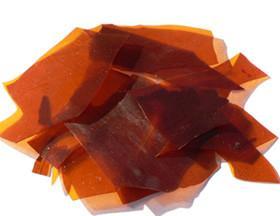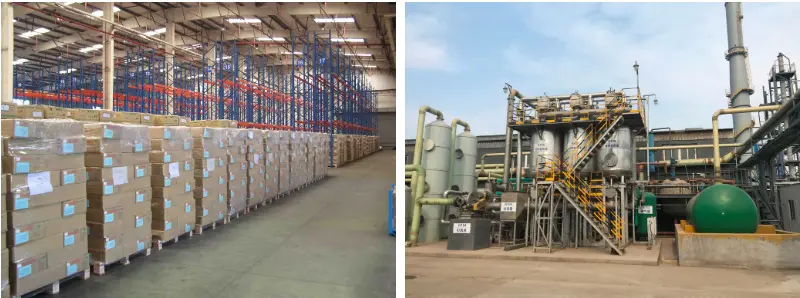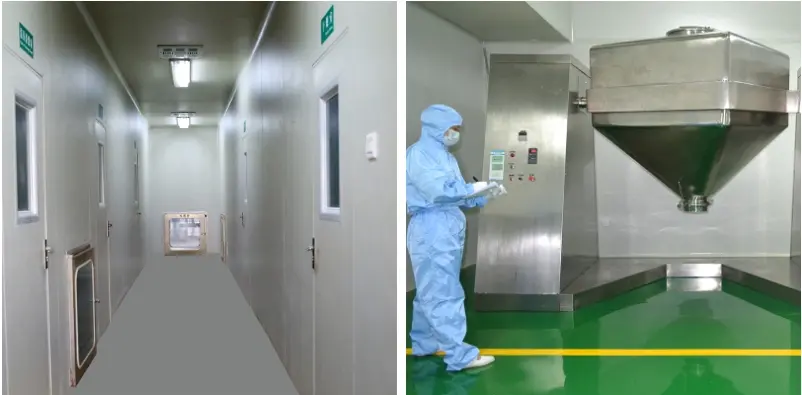Shellac CAS#9000-59-3
Shellac CAS#9000-59-3 Promotion Season Now in Store and Free Sample for Testing with Factory Price
Chemical Name:Shellac
CAS No.9000-59-3
Molecular Formula:unspecified
Molecular weight:0
Sample: Available
Mode of Transportation
1. By Air, fast but expensive.
2. By Sea, usual and economy.
3. By Train, suit for middle Asia countries.
4. By Express, suit for small package.
We only provide highest quality goods available, accompanied by after support!
Products Description of Shellac CAS#9000-59-3
Shellac flakes, also known as shellac paint flakes or purple film flakes, are obtained by melting shellac raw glue or dissolving it with solvents to remove impurities. The color depth of the shellac paint flakes produced varies according to different requirements. Shellac paint flakes are a biological product used on furniture and home interior paint. They are free of pollutants, non-irritating odor, non-toxic, and non-allergic to the skin. They are a high-end paint. Covering on ordinary paints and coatings can prevent formaldehyde gas from leaking out and causing harm to the human body, and avoid toxic substances from directly contacting human skin. my country's shellac flakes are mainly used for glazing or primer varnish for wooden furniture. Due to the increase in new paint varieties and improved quality in recent years, the demand for shellac has decreased. Secondly, the international market has fallen and the export situation is not optimistic. The price of shellac flakes has fallen.

Shellac Chemical Properties
Melting point | 115-120° |
density | 1.035-1.140 |
storage temp. | 2-8°C |
solubility | Practically insoluble in water, gives a more or less opalescent solution (wax containing shellac and bleached shellac) or a clear solution (dewaxed shellac and bleached, dewaxed shellac) in anhydrous ethanol. When warmed it is sparingly soluble or soluble in alkaline solutions. |
Odor | mild woody |
Dielectric constant | 2.0(Ambient) |
Stability: | Stable. Incompatible with strong oxidizing agents. |
CAS DataBase Reference | 9000-59-3 |
EPA Substance Registry System | Shellac (9000-59-3) |
Safety Information
WGK Germany | 3 |
HS Code | 1301900190 |
Product Application of Shellac CAS#9000-59-3
Since the main component of shellac paint flakes is shellac resin, it has strong adhesion to smooth surfaces such as glass, metal, mica, etc. Its alcohol solution or alkaline solution can adhere well to the surface of various objects and form a smooth, bright and durable paint film. It is non-toxic, so it can be widely used in food, medicine, military industry, electrical, ink, leather, metallurgy, machinery, wood, rubber and other industries. The shellac paint flakes in the wood industry are simple, easy to use, have strong adhesion, dry quickly, smooth, hard, transparent, elastic, and uniform gloss. It also has good isolation or sealing effects on wood secretions, stupid amine colorants and asphalt.
It has been widely used in the wood industry for a long time. Especially in recent years, due to the toxicity of formaldehyde coating agents to the human body. Many high-end wood products and decorations have turned to shellac paint flakes. The food industry is used for fruit preservation coating, which can form a bright film, extend the shelf life of fruits, and increase their commodity value. It is used for candy and cake coating to increase brightness, prevent moisture resurgence, and to coat the inner wall of metal cans to prevent food from contacting metal.
The leather industry uses it as a bright and protective finishing agent, which is characterized by fast drying and strong filling power. It can adhere firmly to the leather, making it softer and more elastic. And it presents a gorgeous luster. The military industry mainly uses it as a finishing agent, insulating material, and a retardant for gunpowder mixtures. It is also used to manufacture military equipment that is UV-proof and radiation-proof. The electrical industry manufactures insulating cardboard, laminated mica boards, ground electrical insulators, insulating varnishes, light bulbs, fluorescent lamps, and welding mud for electron tubes.
The rubber industry mainly uses it as a surface coating or filler for rubber products. It can improve the beauty of rubber products, improve their wear resistance, oil resistance, acid resistance, waterproofness, and insulation. It slows down the aging process, extends the service life, and improves the physical, mechanical, and properties of rubber, such as strength, tension resistance, and tear resistance. In addition to manufacturing insulating paper and industrial packaging paper in the papermaking industry, it is also used as a decorative and protective finishing agent for coated paper, food packaging paper, lampshade paper, etc. In other aspects, it is used as an adhesive for medical equipment, matches, toothpicks, barrel making, hat making, mirror making, sporting goods, sculpture, and jewelry processing.
Factory and Equipment Show


Fast delivery time
Inventory 2-3 working days New production 7-10 working days








